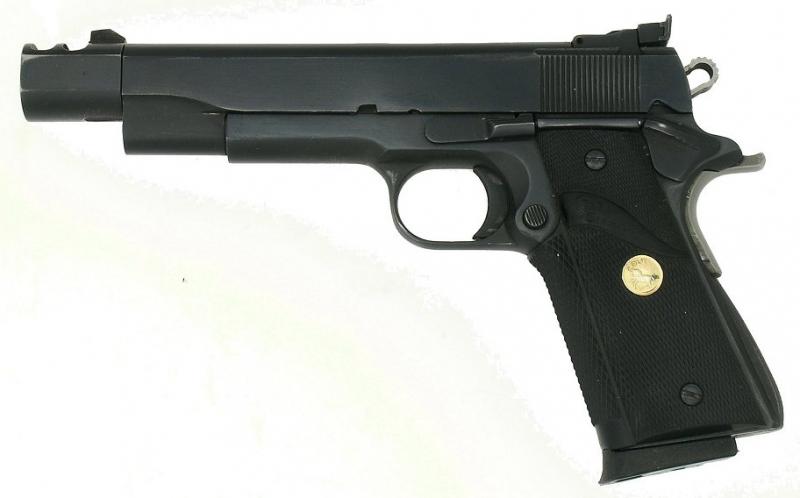
Firearms


Automatic rifles
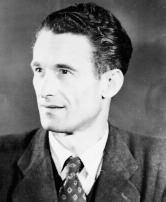
Brothers Jan and Jaroslav Kratochvíl
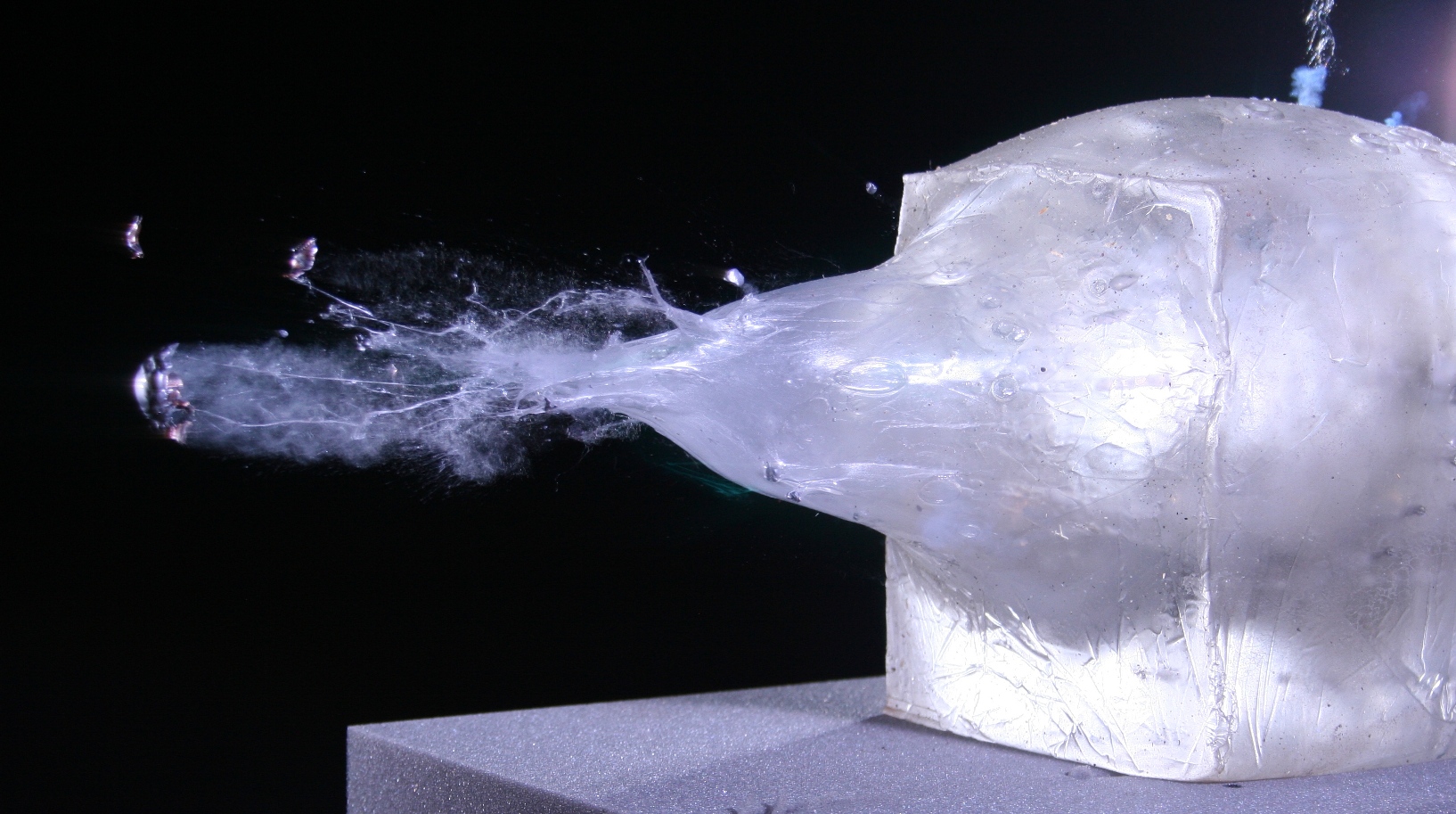
Chimera of the stopping effect of short firearms for the second time, Part 4 - Methods of determining the criteria of the effectiveness of a projectile
How to actually determine the effectiveness of a projectile? According to her energy or momentum? Or statistically, according to the results in real conflicts? The question remains whether something like this can be objectively determined at all ...
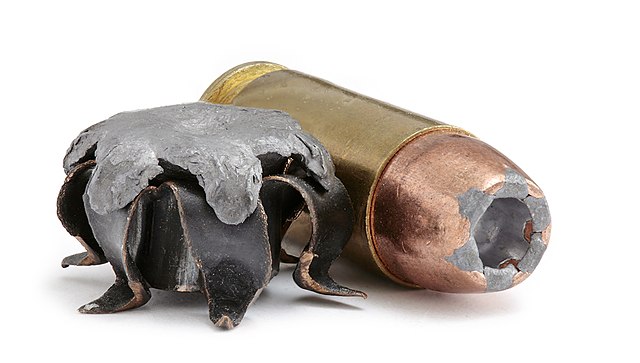
Chimera of the stopping power of short firearms for the second time, part 5 - Search for the magic bullet
Why magic bullet? Because the demands that some authors place on defensive ammunition seem to belong in fairy tales. Is there really ammunition that would knock a person out on the spot?
At the end of the series, we will try to find the answer to whether it is possible to define the best defensive charge in some way ...
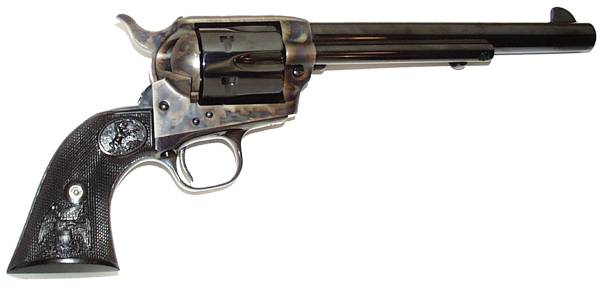
FAMOUS WEAPONS AND AMMUNITION - Colt Single Action Army and .45 Long Colt - Part 1
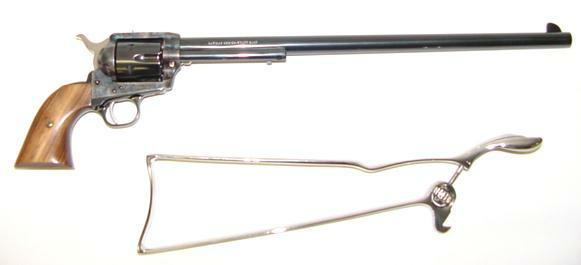
FAMOUS WEAPONS AND AMMUNITION - Colt Single Action Army and .45 Long Colt - Part 2
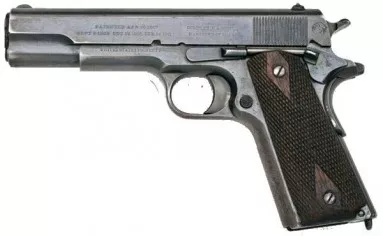
Famous weapons and ammunition - the Colt 1911 and the .45 ACP
Firearms in the Czech lands in the pre-Hussite and Hussite period
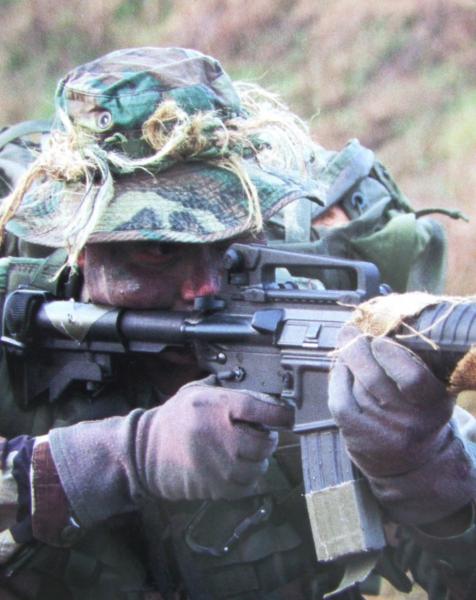
Hybrid automation system
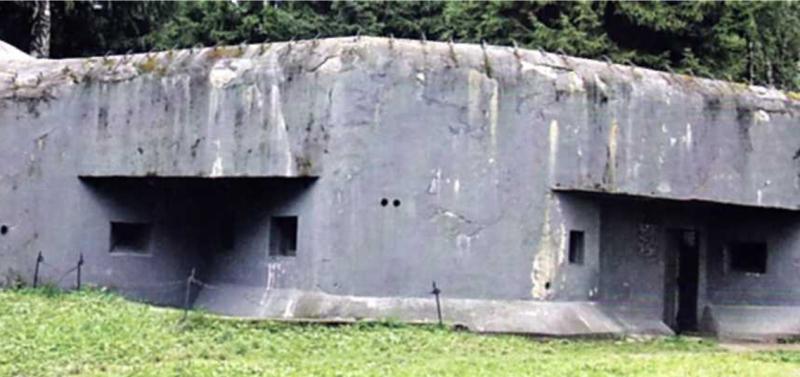
Infantry fortress K-S5 U potoka

Infantry weapons in the 20th century
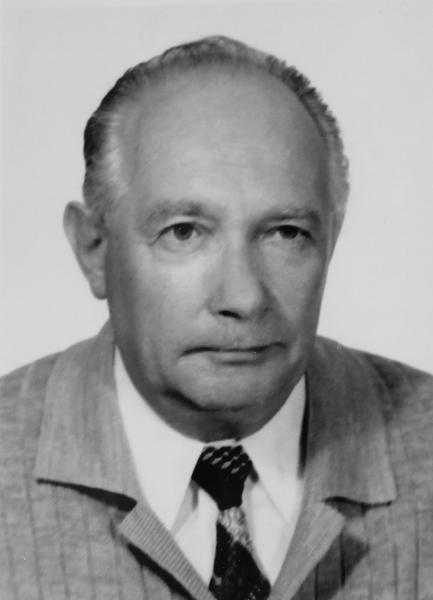
Ing. Bohuslav NOVOTNÝ - right hand of Jiří Čermák
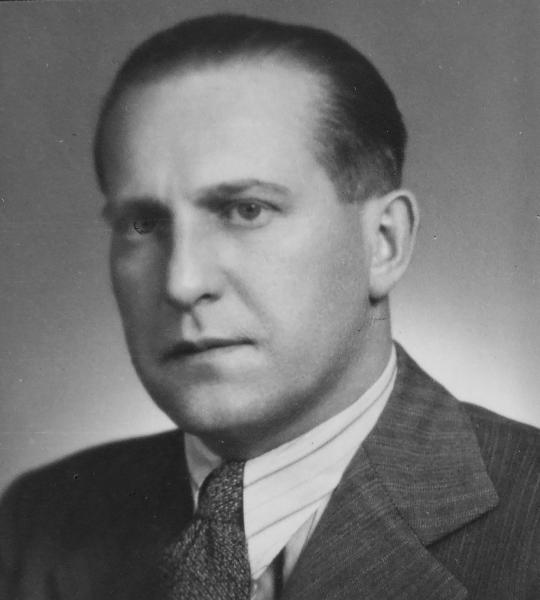
Ing. Jeronym Kynčl - Unknown acquaintance (1.díl)
Šáda, M .: Čs. small arms and machine guns. Prague 1971
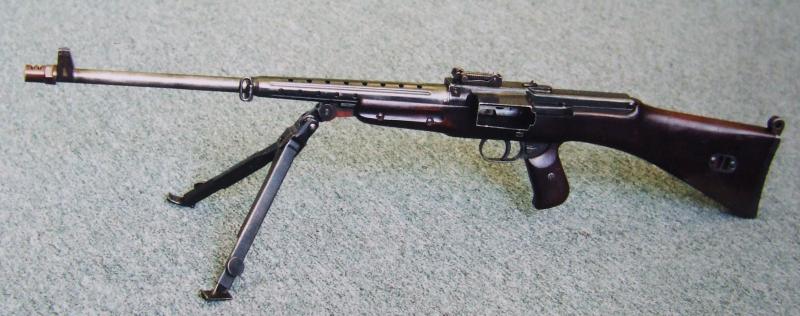
Ing. Jeronym Kynčl - Unknown acquaintance (2.díl)

Law on Weapons and Ammunition
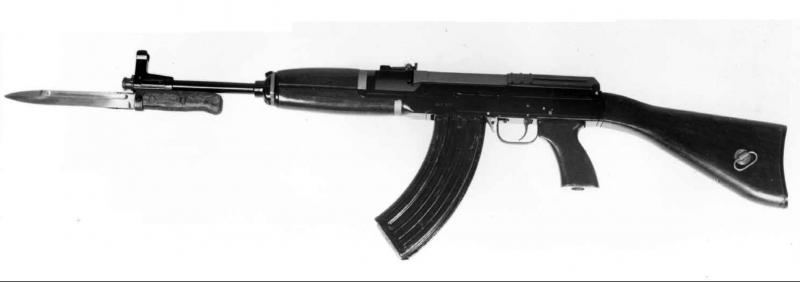
Reflections on the rearmament of Czechoslovak army

Story of the Wild West - guns, shootouts and gunslingers - part 1
Who wouldn't be excited about the Wild West? Stories of fearless gunslingers, bravely walking towards a gang of bandits on a deserted street in the glow of the setting sun. Stories of determined sheriffs, skilful bank robbers, amazing super shooters, noble Indians and honest cowboys. As a kid, I loved these stories. However, as I grew up, I wanted to know more about the lives of these legendary heroes, and with astonishment I began to uncover the world of the real West - which was no less exciting, but still somewhat different.
Pistols and Revolvers
Category for pistols and revolversSubmachine Guns
Category for submachine gunsRifles
Category for single-shot, multiple-barrel, repeating, semi-automatic and automatic riflesSniper Rifle
Category for sniper riflesShotguns
Category for shotgunsAssault Rifles
Category for assault riflesMachine Guns
Category for machine gunsGrenade Launchers
Category for grenade launchers

Flamethrowers
Other
Ammunition
Join us
We believe that there are people with different interests and experiences who could contribute their knowledge and ideas. If you love military history and have experience in historical research, writing articles, editing text, moderating, creating images, graphics or videos, or simply have a desire to contribute to our unique system, you can join us and help us create content that will be interesting and beneficial to other readers.
Find out more